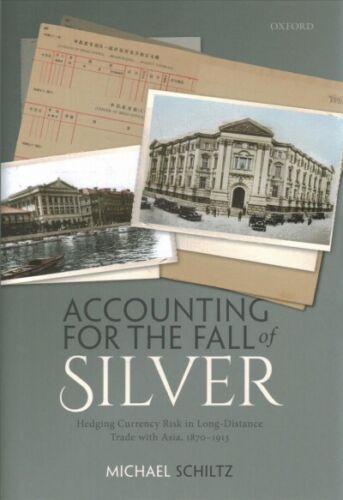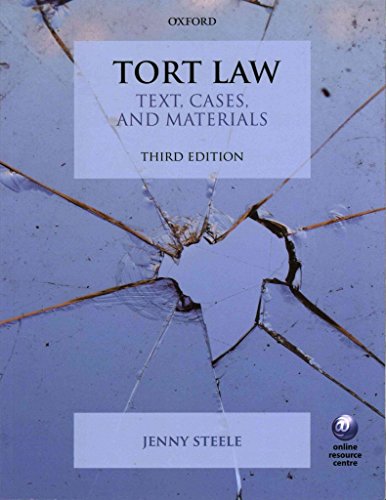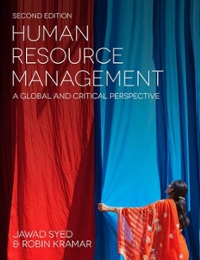Go back


Accounting For The Fall Of Silver Hedging Currency Risk In Long Distance Trade With Asia 1870-1913(1st Edition)
Authors:
Michael Schiltz

Cover Type:Hardcover
Condition:Used
In Stock
Include with your book
Free shipping: April 30, 2024Popular items with books
Access to 3 Million+ solutions
Free ✝
Ask 10 Questions from expert
200,000+ Expert answers
✝ 7 days-trial
Total Price:
$0
List Price: $93.46
Savings: $93.46(100%)
Book details
ISBN: 9780198865025, 0198865023
Book publisher: Oxford University Press, Incorporated
Get your hands on the best-selling book Accounting For The Fall Of Silver Hedging Currency Risk In Long Distance Trade With Asia 1870-1913 1st Edition for free. Feed your curiosity and let your imagination soar with the best stories coming out to you without hefty price tags. Browse SolutionInn to discover a treasure trove of fiction and non-fiction books where every page leads the reader to an undiscovered world. Start your literary adventure right away and also enjoy free shipping of these complimentary books to your door.









